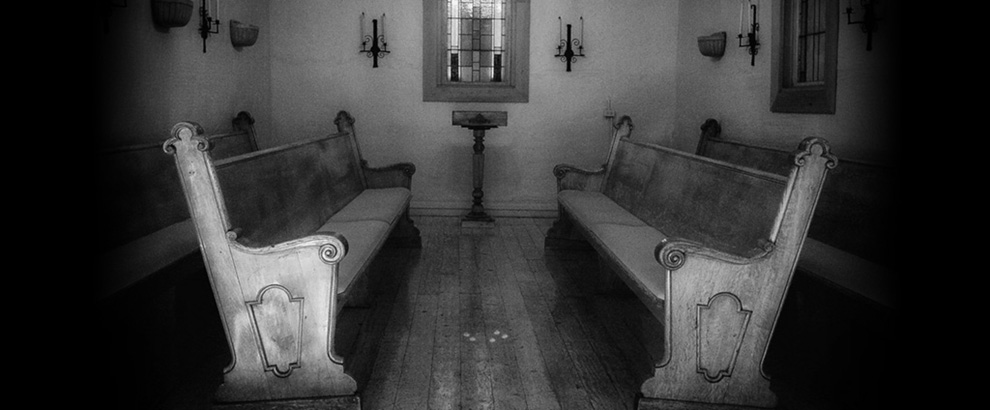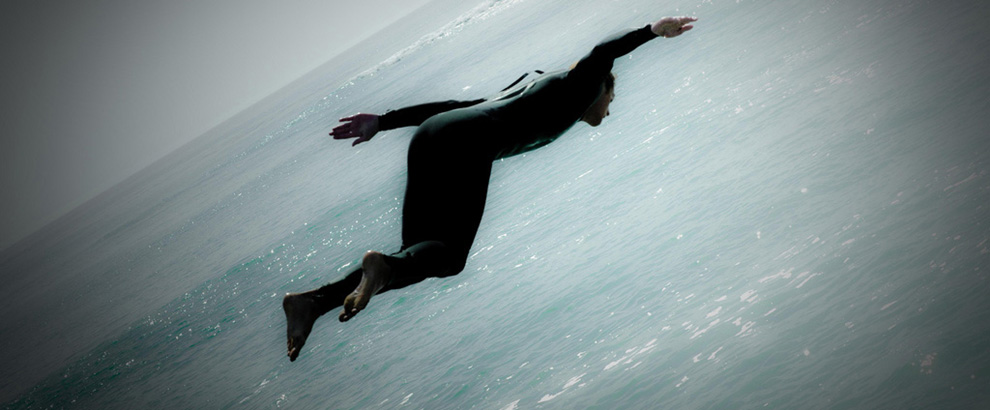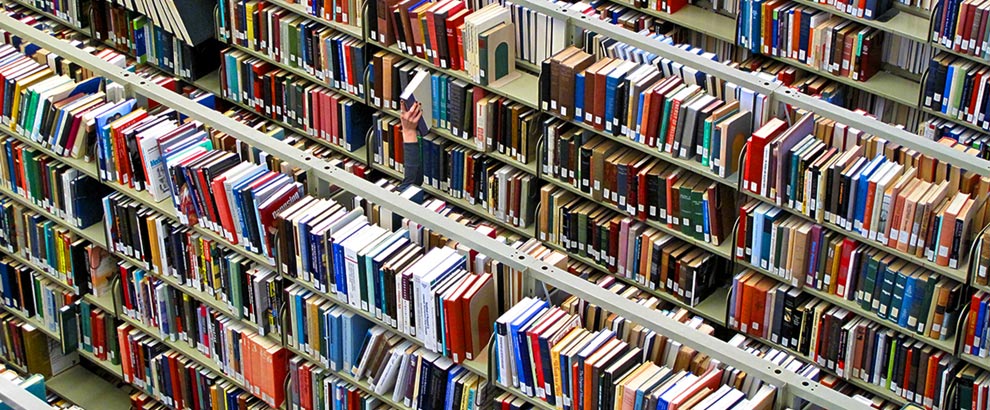
So much suffering. Catastrophe upon catastrophe, really, the long chronicle of humanity’s vast inhumanity and indifference to our fellow humans a kind of psychosis draped in the flags of country, religion, revolution, and perhaps the most fundamental, reptilian attachment of all: greed.
We want to look away, of course, the poet having long ago told us we “cannot bear very much reality.”
In truth, it is natural, and human, and necessary, to carry on so the world’s accumulated misery does not plunder our own capacity for the joy and love and yes, frivolity and ease that should also be everyone’s birthright, at least in some blessed moments out from under suffering’s dark, stifling cloak.
Yet how are we to know what befalls those in distant, denuded and warring lands absent those who consent to bearing witness, to staring the fullness of reality in its face and conveying what they have seen?
Few have stared at that reality as intently, repeatedly and in as many tortured locales as James Nachtwey.
***
***
Seemingly born with the grooves of a camera strap worn into his neck and an eye wide open to the travails of the world, Nachtwey is 75 years old and still working. In moments of pause, he can look back on a nearly half-century photojournalism career that began as a newspaper photographer in Albuquerque from 1976-1980.
He then moved to New York City to answer a kind of calling (though my sense is he is far too modest ever to use that word) to document as a freelance photographer some of the hardest reckonings in the world.
Wars, genocides, famines, terrorism, epidemics, addiction, imprisonment, industrial pollution.
The poverty that underlies or results from so much of it.
From Afghanistan to Pakistan, Romania to Rwanda, Palestine to Bosnia, Alabama to India and points between and beyond—all of them seeming to both strip and reveal human dignity under Nachtwey’s dogged, empathic gaze.
His approach through the succeeding decades began with his covering “The Troubles” in 1981 Northern Ireland, where we can already see his work as both artsy and stark, seeking to tell, without a scintilla of artifice, the fullness of the human story unfolding in front of him. No matter the circumstance, he consistently renders it in unforgettable, haunting images, mostly in black and white, sometimes with just the right color splotch to reveal even greater depths.
***
***
In their frequent somberness alternating with excruciating intensity, his photographs fairly leap off the page, demanding the full attention of the viewer and a full accounting of the forces of evil, greed or mere inertia that conspired to land these humans in the situation they are in.
The pain and pathos Nachtwey’s work reveals beget a kind of heart-rending mashup of horror and empathy. With the danger, let’s face it, of exhaustion in viewers unable or unwilling to bear the reality of events he covers at great risk to his well-being.
He carries grenade shrapnel in his knees, stomach and face, his hearing further declines with each of the many nearby explosions he hears in war zones, and he has suffered countless illnesses common to those traveling in undeveloped or ravaged parts of the world. One 1994 film clip from the violence attending the end of apartheid in South Africa shows the wind from a bullet parting through his hair as he leans over to tend to fellow photographer Ken Oosterbroek, who is in the throes of dying from gunshot wounds.
“Yes, I’m angry a lot of the time,” he admitted in an interview last August on the network magazine show, “60 Minutes.” “The moment I see innocent people being pushed around and bullied…But I realized anger can throw you off the rails. So I channel my anger into pictures, and I realize my pictures have anger in them, but they also have compassion.”
***
***
That compassion reverberates not only in Nachtwey’s body of work, but also his personal bearing, which is as sober as one would expect in a person who has seen what he has, over the great duration he has seen it.
Lean, angular and upright, he speaks in measured tones but forthrightly, directly, projecting a dignified, respectful air to all he encounters.
It’s a way of moving through the world that has held him in good stead with his thousands of photo subjects who permit him to enter their lives at the most intense, drastic moments human beings ever experience. Moments of abject terror, pain, and grief, all of which he trains his camera upon, the technicals well in hand, his eye unflinching in front of the often devastating and/or dangerous imagery it beholds.
In a 2001 documentary on his life and work (those two being extraordinarily entwined in his case) by the German filmmaker Christian Frei, Nachtwey says:
***
***
Again in the documentary, Nachtwey speaks of how he came to terms with the inherent complexity of making a living by pointing a camera at suffering.
“The worst thing is to feel that as a photographer I’m benefitting from someone else’s tragedy. This idea haunts me. It’s something I have to reckon with every day, because I know that if I ever allow genuine compassion to be overtaken by personal ambition, I will have sold my soul. The only way I can justify my role is to have respect for the other person’s predicament…Those pictures could not have been made unless I was accepted by the people I’m photographing, it’s simply impossible…They wanted me to be there…They understand that a stranger who’s come there with a camera to show the rest of the world what is happening to them gives them a voice to the outside world that they otherwise would not have.”
And about his specific approach to the ongoing human encounters he sometimes initiates on the spot, with little time to spare:
“I don’t want to move too fast, I don’t want to be to speak too loudly. I want to be very open in my approach, to feel very open in my heart to them. People do sense that with very few words, sometimes with no words at all.”
His website is the epitome of all those qualities. Simple, compact and restrained, virtually free of biography, philosophy or blurbs, its black background is dominated almost completely by photos from various (but hardly all) of the venues he has worked, every picture worth all the words a heart can bear.
***
***
Nachtwey’s work also engenders various forms of oppression and denial by governments with a vested interest in either twisting or denying the truths that his camera reveals. In a 2007 TED Talk entitled, “My Wish: Let My Photographs Bear Witness,” he reflects on his coming of age in the Vietnam era:
“Our political and military leaders were telling us one thing, photographers another. I believed the photographers, and so did millions of other Americans…They not only recorded history, they changed the course of history.”
The statement implies an obvious question: Has (or will) his own tireless work to expose the horrors of the world also “change the course of history?”
He would not, of course, even attempt an answer; that will be left for others to decide. But however we define “history,” it is almost absurd to think he has not already changed it by bearing the witness he has, documenting with such tender care thousands of individual stories, lives, and tragedies that would otherwise have gone invisible to the world.
***
***
Finally, asked by Anderson Cooper whether, in the light of all he has seen, he can say he feels optimistic about the human species, he replies:
***
***
Comments? Questions? Suggestions, Objections, Attaboys? Just scroll on down to the Comments section below. No minimum or maximum word counts!
Check out this blog’s public page on Facebook for 1-minute snippets of wisdom and other musings from the world’s great thinkers and artists, accompanied by lovely photography.
https://www.facebook.com/andrew.hidas/
Deep appreciation to the photographers! Unless otherwise stated, some rights reserved under Creative Commons licensing.
Elizabeth Haslam, whose photos (except for the books) grace the rotating banner at top of page.
https://www.flickr.com/photos/lizhaslam/
Library books photo by Larry Rose, all rights reserved, contact: larry@rosefoto.com
Nachtwey headshot courtesy of Universidad de Navarra, Spain https://www.flickr.com/photos/unav/
All other photos courtesy of James Nachtwey http://www.jamesnachtwey.com/
























James Nachtwey’s photos are stories unto themselves. He possesses the uncanny ability to capture in a single shot what the whole is all about. Nachtwey is a great storyteller. Eddie Adams is another. The pain of a mother holding her dead child as seen through his lens in “Boat of No Smiles” never leaves you. Nick Ut’s “Napalm Attack” tells you all you need to know about war and its capacity to destroy innocence. Astronaut William Anders took a moment away from his work aboard Apollo 8 and with his camera gave us all a chance to see the beauty of the Earth and Moon existing together. “Inside Buchenwald” is the holocaust. Dorothea Lange’s “Migrant Mother” shows the ravages of the dust bowl upon the human spirit. Then, of course, there is the paradoxical juxtaposition of Charles Levy’s “Atomic Cloud Rises Over Nagasaki” with Alfred Eisenstaedt’s “V-J Kissd in Times Square”. The agony of one causing the ecstasy of the other is surreal. And to think they were taken just five days apart. What is common to all of these is truth.
The human capacity to endure hardship, tragedy and unspeakable pain continues to astonish me. In a recent conversation with a lifelong friend, we reflected on the shoulders of ancestral courage and resilience upon which we all stand and to whom we can attribute our very existence. Nachtwey’s photos are pure genius in capturing, as Robert writes above, “. . . in a single shot what the whole is all about.” The capacity of humans to inflict and to endure tragedy is enormous and it is complex. Nachtwey’s abilty to capture this reality through his lens is pure genius, undergirded by remarkable empathy and a keen sense of context. By the way, Andrew, the musical piece that you selected from Dafne Kritharas is a mix of your own genius and spiritual inspiration. To me, it is as if the piece “dropped ” into the post from another dimension, inspired by your recounting of Nachtwey and his work. Many thanks.
Reading this from, in contrast, an almost ridiculously comfortable and warm sofa, in my safe house with its full kitchen and clean water. I am able to breathe deeply and reflect on these words, these images. The contrast between what I see around me in this room and what I see on the page is almost too much to comprehend.
Doing so, seeing, is obviously the first step to any action. What bravery is required! In addition to his tremendous skill, his observant eye and keen perception, Nachtwey is just that, that thing I am often not: brave.
I had much the same feeling with the Navalny post last week, Mary: the almost incomprehensible bravery of these men in circumstances that didn’t require them to be brave, e.g., reflexively jumping into the ocean to save their child’s life. Their bravery is instead purely volitional, and with motives quite beyond themselves and their own welfare. They’re not climbing a mountain or trying to win the Super Bowl for fame and glory, but instead advancing a kind of sacred cause, which may, as a byproduct, bring them fame and glory but that’s certainly not their goal. In a world of fabricated “influencers,” figures such as Navalny and Nachtwey stand out all the more for their courage and actual accomplishments, and, we can only hope, the inspiration they provide.
I’ve been thinking more about the thousand & one narrative structures humankind uses to tell a story, Robert. Pretty much spans all the arts and their different mediums, and then within each medium artists employ countless varied storytelling modes as they grope to do something original and reflective of their own vision. Photography occupies a serious and interesting niche in that firmament, with one of the cool things about it being that unlike, say, quilt making, it requires no great technical skill and toil for everyman/woman to experience its basic satisfactions. Yes, there’s a wide gulf between every schmo with a camera phone and a pro like Nachtwey, but the fact that photography is among the more democratic, mass-participation arts is a big point in its favor, I think, helping everyday schmos appreciate all the more just how good the serious professionals are. (Kind of like playground basketball players dazzled by the pros.)
Jay, I’m very glad you picked up on the musical piece; sometimes the search takes longer than other times, and this was one of those times. Soon as I heard the first notes amidst that setting though: Yep, that’s it!